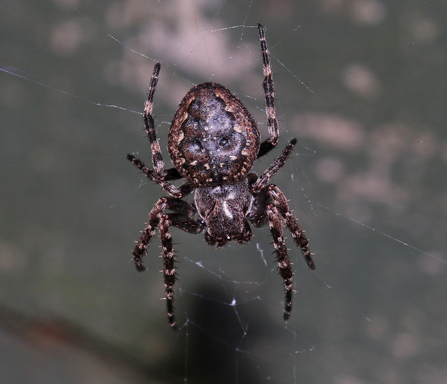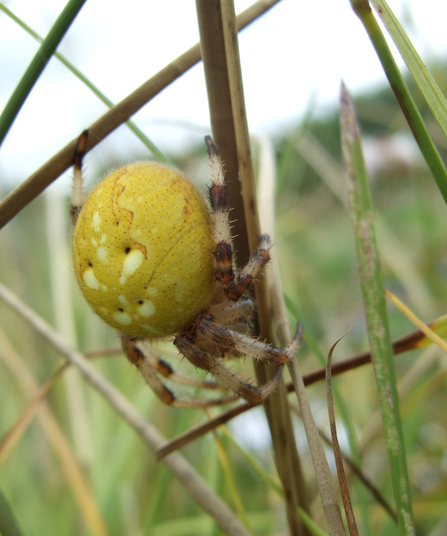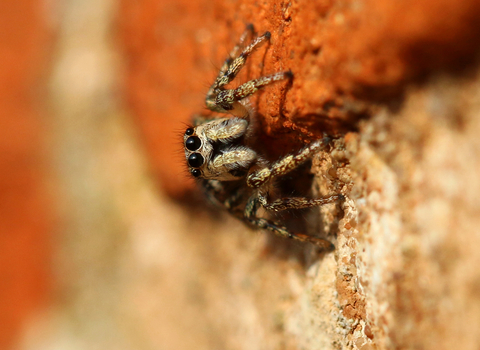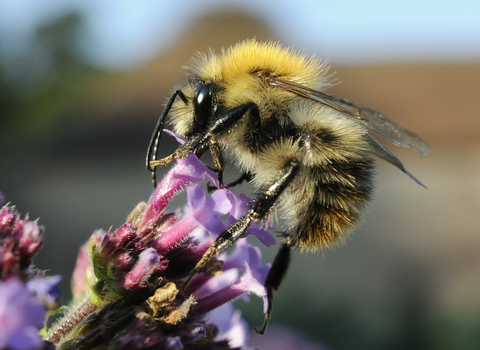I am well aware that many people don't like spiders. For some reason, they scare us. Is it their eight legs, their rapid speed across our carpets or perhaps their ability to just 'appear' when you least expect them? Whatever the reason, autumn may not be an arachnophobe's favourite season! For me, however, it's sheer delight.
Last year, the Natural History Museum ran a 'Fat Spider Fortnight' campaign in September. A little like our Wildlife Sightings scheme, it was designed to get people looking for and recording the spiders they found. Why 'fat spider'? Autumn is the time when many species are fully mature (so at their largest) and when females are full of eggs (even bigger). So what spiders might you spot in your garden or on your travels around Worcestershire?







